HOLDEN — Maine Audubon’s history is as storied as the National Audubon Society, which was created 110 years ago.
The statewide environmental group began 150 years ago as the Portland Natural History Society, becoming the Maine Audubon Society in 1902. But the statewide organization always has been based around Portland. In 1974, it moved to its current 60-acre campus at Gilsland Farm in Falmouth.
However, for 18 years Maine Audubon has had an outpost in Penobscot County on an ecologically diverse 200-acre field complete with a mature forest, stream and pond. It has much to offer, but gets little traffic. Recently Maine Audubon has focused attention on drawing more people to Fields Pond Nature Center.
“It’s a very busy center as far as school programs. But the public programming is off a bit,” said Eric Topper, Maine Audubon’s education director. “In the public programs I think we only reach a few hundred people a year.”
Fields Pond lead educator Cyndi Kuhn, a former schoolteacher, said the school programs have grown at Fields Pond in her five years there, from four to 26 classes.
“It’s evolved from guided nature walks to include field trips with schools groups,” Kuhn said.
But the number of visitors to the center remains low, and the programs don’t sell out, Kuhn said.
By contrast, the Falmouth Audubon center gets as many as 10,000 visitors annually for its programs, Topper said. The same is true of the seasonal Scarborough Marsh Nature Center, which is only open in the summer and fall.
Topper said the narrow road to Fields Pond Nature Center from Brewer makes the center seem remote, even though it is just 7 miles southeast of Bangor.
“While many of us see it as close to Maine’s third largest population center, the distance is still a barrier to getting people out there. That’s what I’ve heard,” Topper said.
What awaits around the nature center is a quiet, undeveloped reprieve from the city: Fields of wildflowers, paddling possibilities on the large pond and a diversity of wildlife. Mowed fields and wooden signs lead visitors on five miles of easy hiking.
Then there is Fields Pond, teeming with waterfowl, wading birds, tree frogs and raptors, like the bald eagle that followed the full-moon paddle group last week.
Few houses line the shore. And Maine Audubon owns the small island in the middle of the pond that is occupied by wood ducks. The west side of the pond is home to nesting loons.
Janice and Butch Minson of Verona Island traveled to Fields Pond Nature Center for the first time last week with their kayaks. A visit from relatives from Australia was the impetus to try something new. They said it was well worth the 20-minute drive. “We paddle a lot. But this offered a naturalist-led tour,” Janice Minson said.
They saw a bald eagle take flight 30 feet away and enjoyed the company of 10 other paddlers. Butch Minson regaled them with stories of his ocean adventures as a sailor and retired U.S. Coast Guard officer.
Ruth Bayless of Bangor, a regular at Fields Pond, also visited the center last week. While Bayless normally attends Kuhn’s school programs to help in her home-school curriculum for her three children, the full-moon paddle was a different kind of nature trip for her. Bayless brought her 3-year-old daughter, Frances, to her first adult nature program. It required the curious girl to learn alongside adults.
With the full moon above, the quiet waterway and small group, Bayless said she got her money’s worth with the canoe rental fee of $5.
“It’s a different way for (Frances) to learn about nature,” Bayless said. “It helps her socialize with different groups. Sometimes tonight the only entertainment was just riding in the boat. There’s not a big group of kids to be stimulated by. But it was great. She just sat back and relaxed on the ride back. The whole way she had her hand dangling in the water.”
Topper said Maine Audubon plans to do more programs at Fields Pond by sending its Falmouth-based naturalist Doug Hitchcox to the Holden center and by working with other naturalists in Bangor. This winter a program on snowy owls led by state bird biologist Erin Call drew 100 to the Holden center, a promising sign, Kuhn said.
“One thing we want to retain that is unique to the center is using the wonderful resource (in the professors) at the University of Maine,” Topper said. “We’ve had such programs that have been well received. The only challenge is attendance.”
Copy the Story Link
Send questions/comments to the editors.


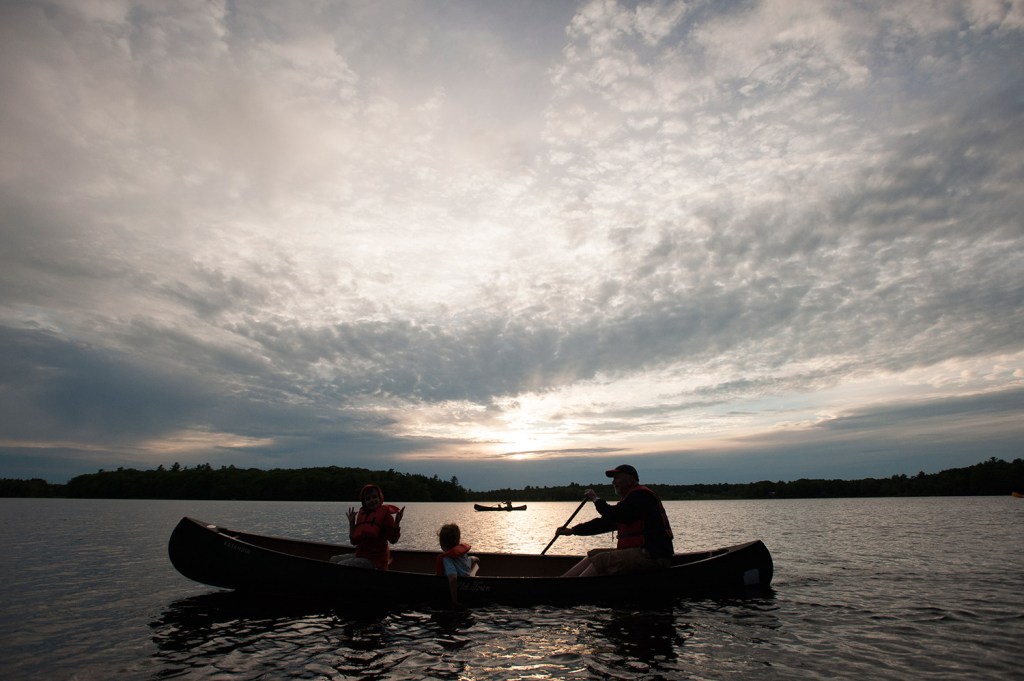
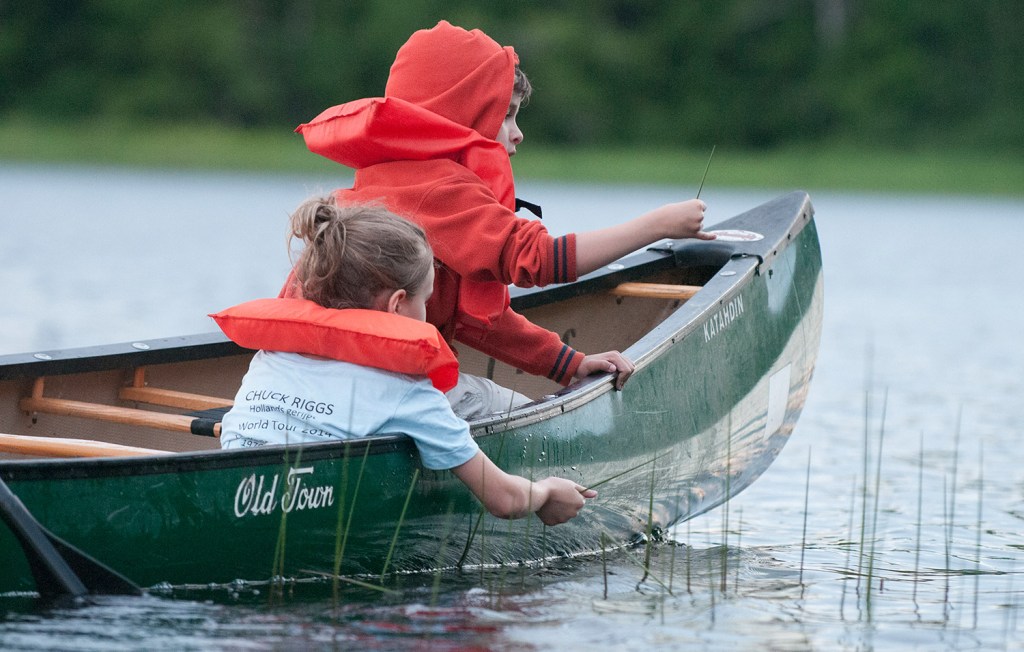
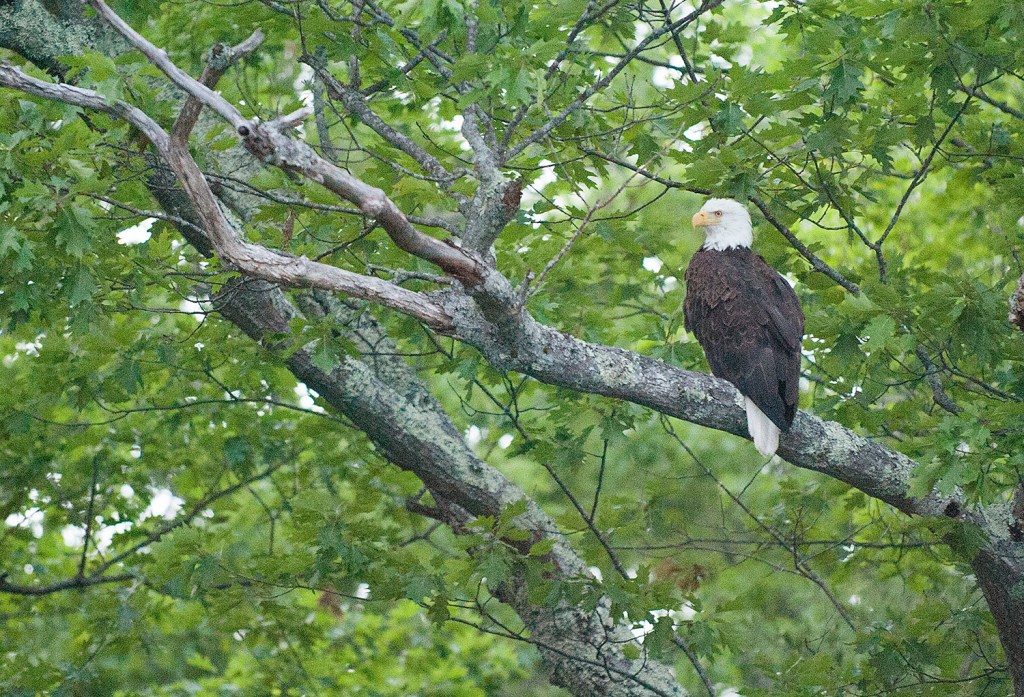
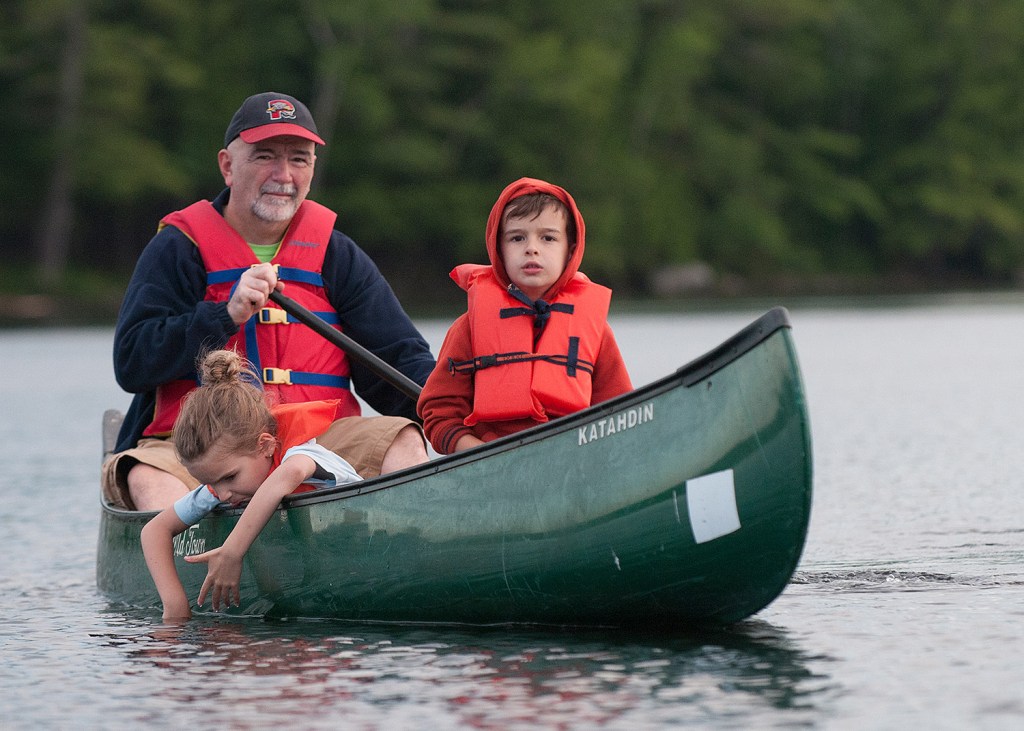

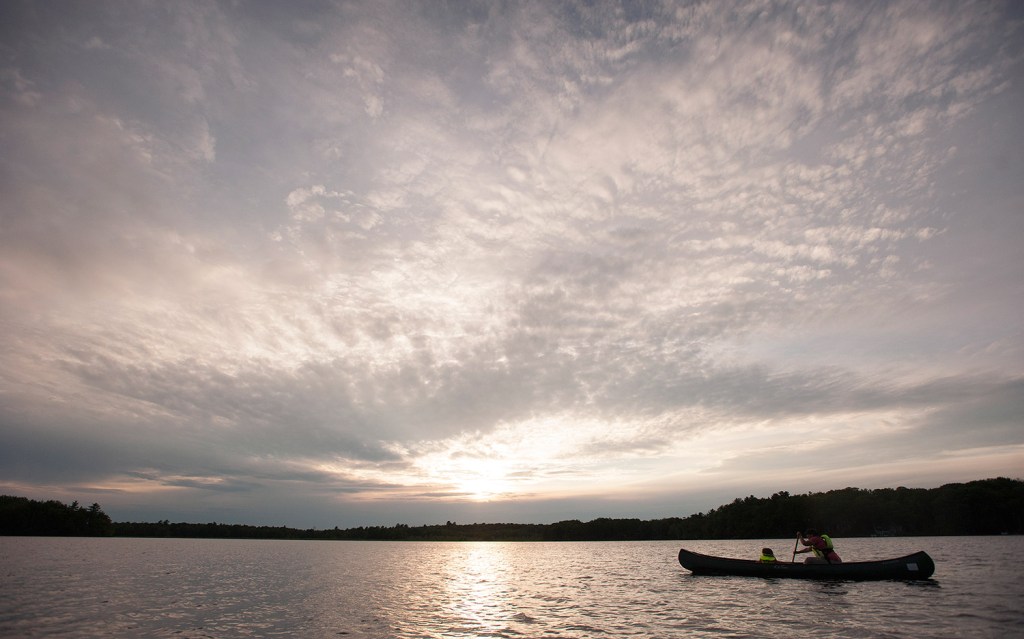
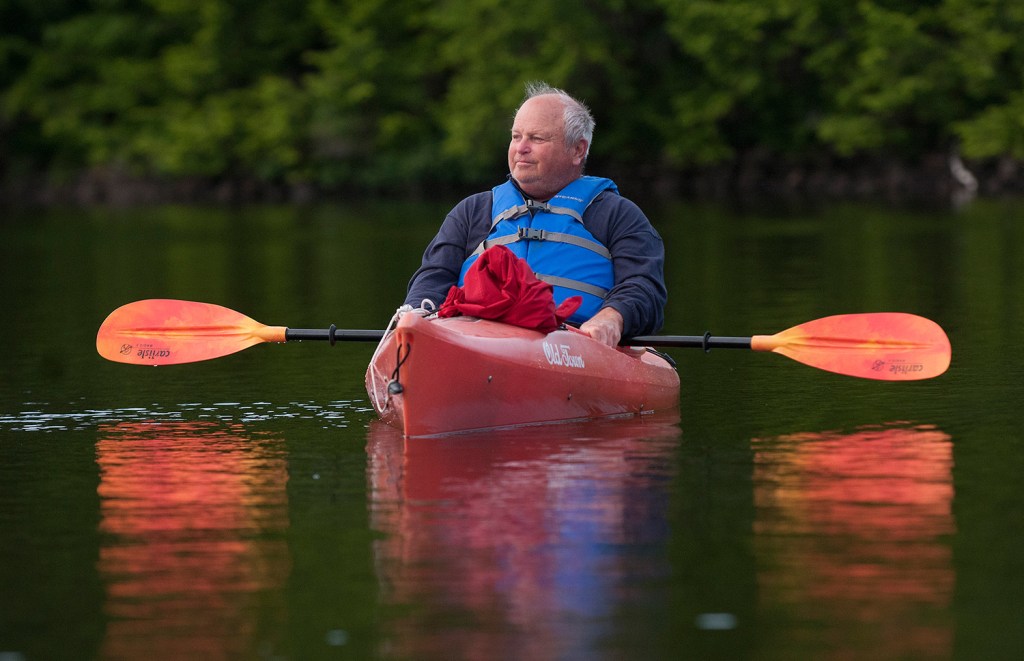
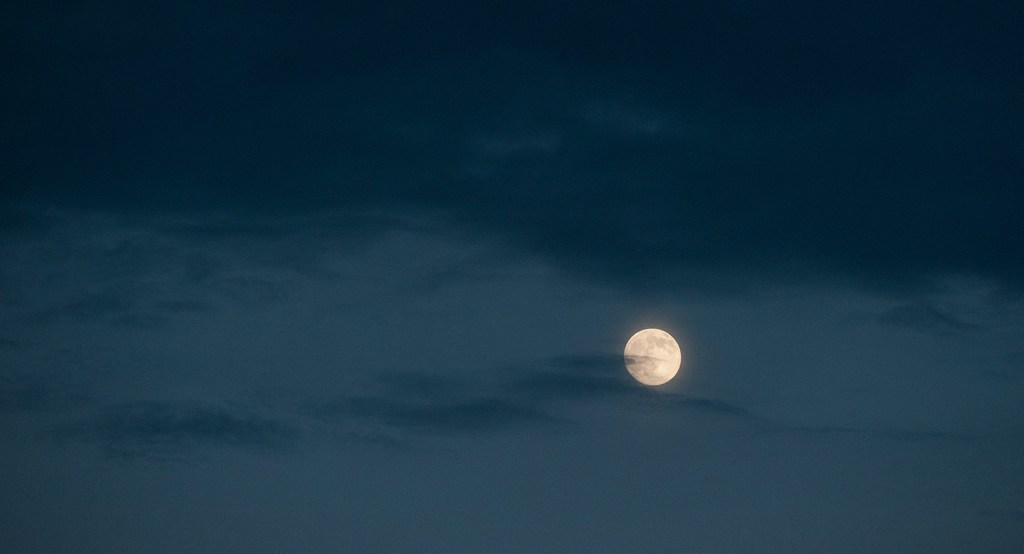
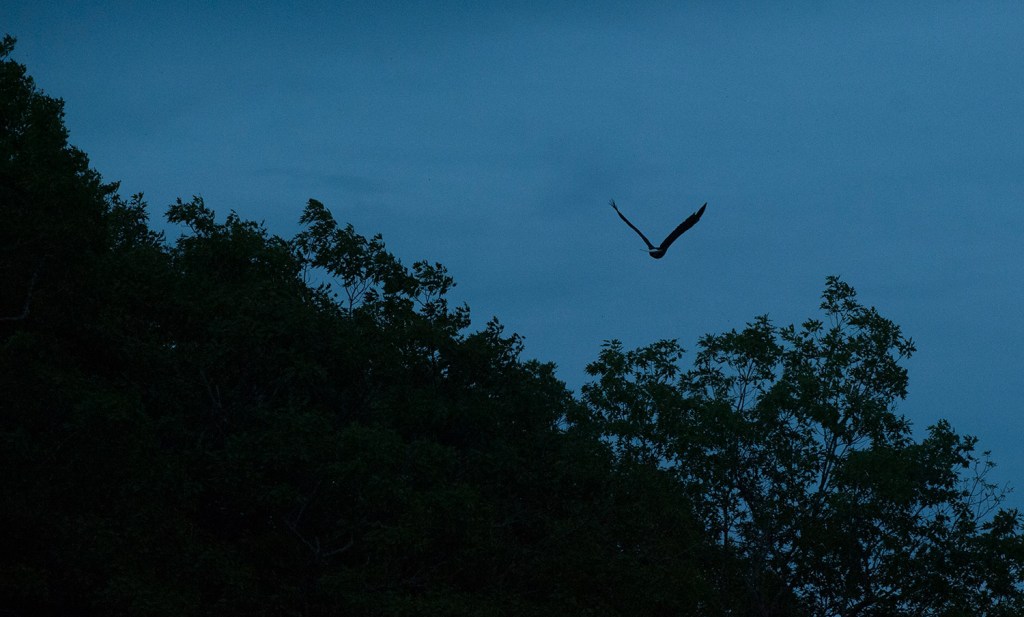

Success. Please wait for the page to reload. If the page does not reload within 5 seconds, please refresh the page.
Enter your email and password to access comments.
Hi, to comment on stories you must . This profile is in addition to your subscription and website login.
Already have a commenting profile? .
Invalid username/password.
Please check your email to confirm and complete your registration.
Only subscribers are eligible to post comments. Please subscribe or login first for digital access. Here’s why.
Use the form below to reset your password. When you've submitted your account email, we will send an email with a reset code.